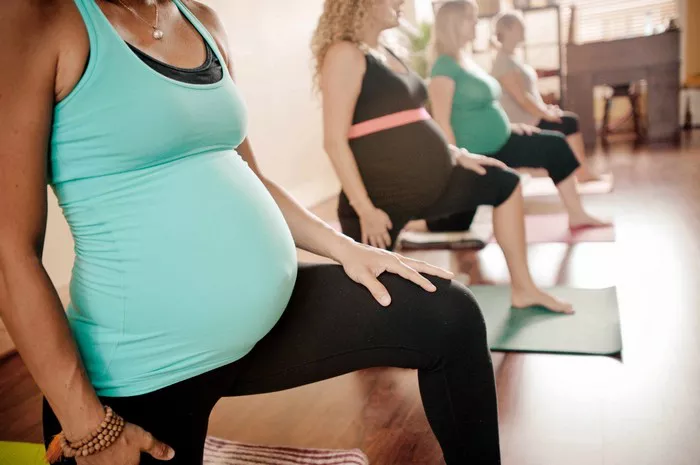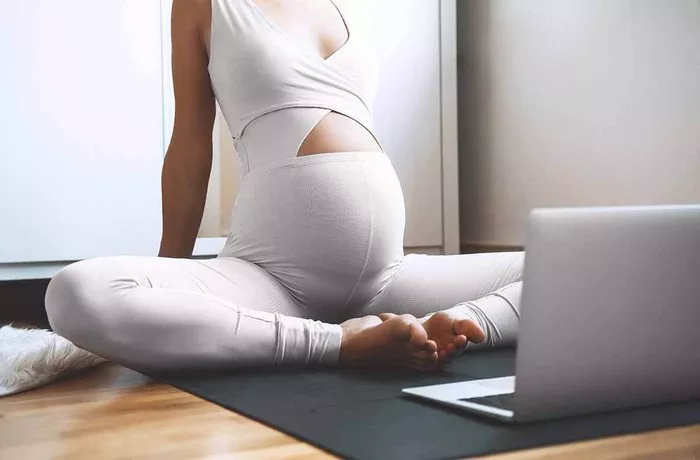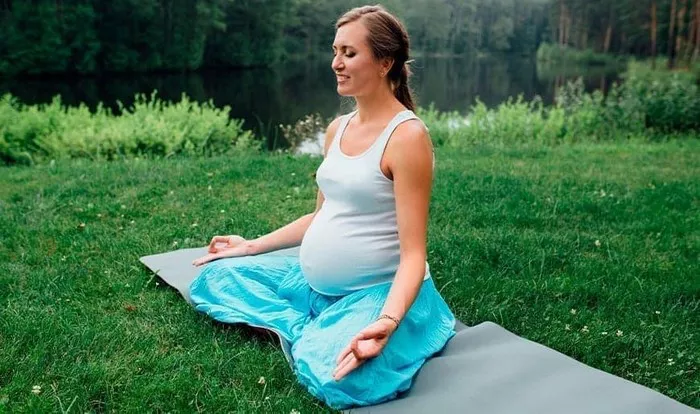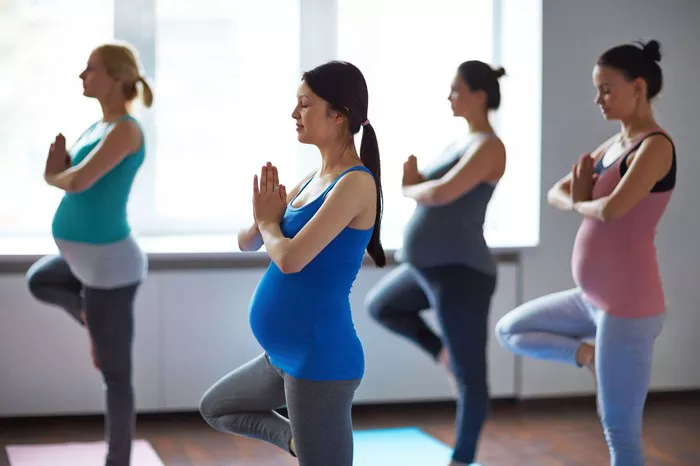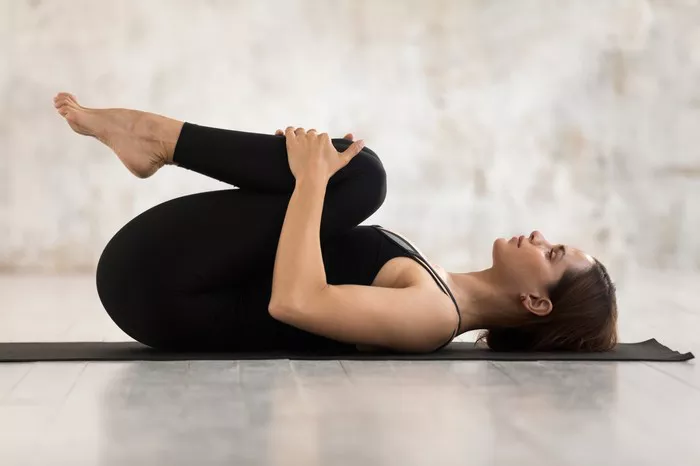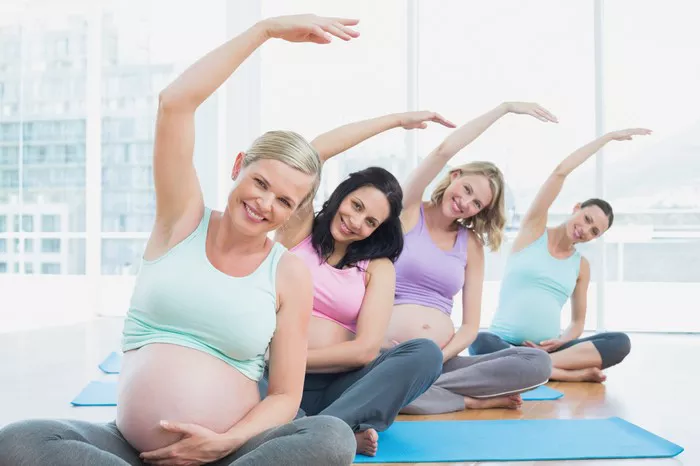What are Deep Twists in Yoga? Deep twists are an integral component of many yoga practices, offering both physical and mental benefits. Unlike surface-level stretches, deep twisting postures engage multiple layers of muscles, fascia, and internal organs. These poses require attention, alignment, and often, patience, as they take the body into rotations that can feel intense or unfamiliar. For practitioners seeking a deeper connection to their body, breath, and inner balance, deep twists are invaluable tools.
Understanding the Mechanics of Twists
A twist in yoga typically involves rotating the spine while keeping the pelvis stable. This movement engages the muscles along the back, obliques, and abdominals. Deep twists go further by involving more of the thoracic spine and encouraging rotation through the ribcage, shoulders, and sometimes the hips. Proper alignment is essential to avoid strain and to reap the full benefits of the posture.
- Thoracic spine: This is where most healthy spinal rotation occurs. Deep twists prioritize movement here.
- Pelvic stability: The pelvis should remain grounded or neutral to avoid compressing the lower back.
- Core engagement: Activating the core supports the spine and helps maintain integrity throughout the twist.
Benefits of Practicing Deep Twists
The benefits of deep twists extend beyond the physical stretch. These poses contribute to holistic wellness by affecting various systems in the body.
- Detoxification: Deep twists stimulate internal organs, especially the liver and kidneys, aiding in natural detox processes.
- Improved digestion: The massage-like action on the abdominal organs can enhance digestion and relieve bloating.
- Spinal mobility: Regular twisting helps maintain or improve range of motion in the spine.
- Mental clarity: The focus required for alignment and breath in twists promotes mindfulness and concentration.
- Stress reduction: Twisting postures can help calm the nervous system and reduce anxiety.
Common Deep Twisting Poses
Several yoga poses incorporate deep twists. Each posture offers unique benefits and challenges. Here are some widely practiced deep twisting poses:
- Revolved Triangle (Parivrtta Trikonasana): A standing twist that strengthens the legs while rotating the spine.
- Revolved Side Angle (Parivrtta Parsvakonasana): Involves a deep twist combined with a lunge, requiring balance and flexibility.
- Revolved Chair (Parivrtta Utkatasana): A seated-like pose that demands core engagement and leg strength.
- Half Lord of the Fishes (Ardha Matsyendrasana): A seated twist that emphasizes spinal rotation and hip flexibility.
- Marichi’s Pose (Marichyasana III): Often used in more advanced practices, this pose provides a focused twist from a seated position.
How to Safely Approach Deep Twists
While deep twists offer numerous advantages, they must be approached with mindfulness and care. Improper form or over-rotation can lead to discomfort or injury. Here are some safety tips:
- Warm up first: Engage in light stretching and movement to prepare the spine and muscles.
- Start with mild twists: Gradually progress from gentle to deeper twists.
- Use props: Blocks, straps, and bolsters can support proper alignment.
- Maintain breath awareness: Avoid holding your breath during the pose.
- Listen to your body: Never force a twist; go only as far as feels safe and sustainable.
Contraindications and Precautions
Deep twists may not be suitable for everyone, particularly those with specific medical conditions or physical limitations. It’s important to be aware of these considerations:
- Spinal injuries: Individuals with herniated discs or other spinal issues should avoid deep twisting without medical guidance.
- Pregnancy: Twists that compress the abdomen should be avoided; open twists may be permissible under supervision.
- Post-surgery: Recent abdominal or spinal surgeries require extra caution.
- High blood pressure: Some twists may elevate blood pressure and should be modified or omitted.
Tips for Deepening Your Twists
Advancing in twisting postures requires both time and technique. Here are some strategies to help you deepen your practice effectively:
- Engage your core muscles: A strong core helps control the rotation and protects the spine.
- Lengthen the spine before twisting: Imagine creating space between each vertebra to prevent compression.
- Use exhalation to deepen: Twisting on the exhale naturally assists in deeper rotation.
- Stabilize your base: Whether seated or standing, a strong and grounded foundation supports safe twisting.
- Practice consistently: Repetition and routine foster flexibility and familiarity with the poses.
Breathwork and Deep Twists
Breath plays a critical role in the execution and effect of deep twisting postures. Conscious breathing enhances physical relaxation and helps maintain a calm, focused mind.
- Inhalation: Lengthens the spine and prepares the body for movement.
- Exhalation: Facilitates the twist and allows for deeper rotation.
- Ujjayi breath: This controlled, oceanic breath helps regulate energy and stabilize the nervous system.
Incorporating breath awareness into your practice transforms the twist from a purely physical posture to a meditative experience.
Integrating Twists into Your Practice
Twists can be integrated into yoga sequences at various points. Understanding where and how to place them can enhance your overall flow.
- Warm-up: Gentle seated or lying twists can prepare the spine.
- Middle of the practice: Deep standing twists fit well when the body is warm.
- Cooling down: Supine twists help release tension and calm the nervous system.
Combining twists with forward folds or backbends can also create balanced and comprehensive sequences.
Modifications for Beginners
Beginners can still access the benefits of deep twists through thoughtful modifications:
- Use a wall: Pressing against a wall can aid balance and alignment.
- Keep the bottom hand on a block: This helps maintain a longer spine and avoid strain.
- Shorten the stance: For standing poses, a slightly narrower base may be easier to manage.
- Focus on breath, not depth: Prioritize breathing deeply over achieving the deepest twist.
Progress comes with time and consistency; there’s no need to rush into advanced versions.
Mind-Body Connection in Twists
Deep twists foster a strong mind-body connection. The combination of breath, movement, and internal awareness brings attention inward, promoting introspection and emotional release.
- Stress relief: Twists can release stored tension in the body.
- Emotional detox: Some practitioners experience emotional release, particularly when twisting through the abdominal area.
- Grounding effect: The act of rotating inward physically mirrors turning inward mentally.
Practicing with intention elevates the posture beyond form and into a tool for emotional and spiritual growth.
Advanced Twisting Techniques
For experienced yogis, deepening your practice involves incorporating more challenging postures and techniques:
- Binding: Wrapping the arms around the legs in certain twists increases intensity and shoulder flexibility.
- Twists in inversions: Adding a twist to a headstand or shoulder stand demands high levels of control.
- Dynamic twisting flows: Transitioning in and out of twists builds strength and coordination.
These techniques should be attempted only with proper guidance and after mastering foundational twists.
Conclusion
Deep twists are more than just physical movements—they are pathways to better health, awareness, and balance. By understanding the mechanics, benefits, and precautions associated with twisting postures, you can safely and effectively integrate them into your yoga practice. Whether you’re a beginner or a seasoned yogi, deep twists offer a rewarding journey into the subtle and powerful world of spinal rotation and inner stillness.
Practice patiently, breathe deeply, and let each twist guide you toward greater physical and mental harmony.
Related Topics:


